Consolidated Uranium Incorporated (CU) is based in Vancouver, B.C., Canada. It has announced the start of a set of comprehensive work programs. One such program involves the reopening of the underground workings of its Tony M uranium mine. It has been fifteen years since the mine last produced uranium. CU also plans to investigate the vanadium potential of the underground Tony M mine.
The Tony M mine is fully developed and permitted. It produced almost one million pounds of U3O8 during two different periods of operation from 1979-1984 and from 2007-20008. The Tony M is one of three past-producing uranium mines in Utah owned by CU.
Historically, it had been thought that there was no significant vanadium in the mine. However, during the process of completing a NI 43-101 technical report on the project, an inverse relationship between uranium and vanadium mineralization was discovered. This resulted in a recommendation by SLR International Corporation, which wrote the technical report, to reopen the underground for a sampling program as well as carrying out a drilling program.
Martin Tunney is the President and COO of CU. He said, “We view the reopening of the underground as a first step in the restart of the Tony M Mine. Any vanadium mineralization of economic value would allow us to reach that goal that much faster.”
The NI 43-101 technical report for the Tony M is dated September 9, 2022. It estimates indicated mineral resources of six million six hundred thousand pounds of U3O8 and inferred resources of two million two hundred thousand pounds. The 2023 drilling program will include as many as fifty-nine vertical drill holes, totaling about thirty-eight thousand feet across the deposit. The underground sampling programs are designed to collect detailed information on vanadium mineralization with the ultimate goal of calculating a vanadium mineral resource. It might also allow for some of the current estimated mineral resources to be converted from the inferred to the indicated category.
Phil Williams is the Chairman and CEO of CU. He said, “With uranium market fundamentals showing significant strength and the unquestionable need and political support for domestic US uranium production, we believe advancing the Tony M project toward a near term production decision is the correct course of action. The programs announced today will not only provide detailed information to guide ultimate mining of the Tony M resource, by potentially upgrading mineral resources into the indicated category and allowing us to evaluate the conditions of the extensive underground workings, but, if successful, could add meaningful value to the deposit through the possible addition of vanadium resources not previously evaluated.”
The Tony M, the Daneros and the Rim mines were part of a portfolio of permitted, past-producing conventional uranium and vanadium mines in Utah and Colorado which CU acquired from Energy Fuels Incorporated in 2021.
Virginia Energy Resources (VER) owns the Coles Hill mine which is the biggest underdeveloped uranium project in the U.S. CU last year agreed to buy VER in a transaction worth about thirty-two million dollars. CU also has past-producing and development projects Argentina, Australia and Canada.
Blog
-
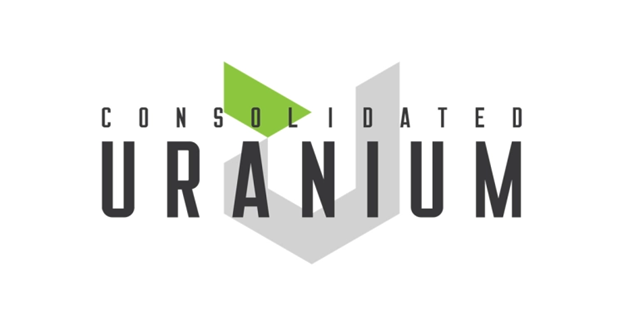
Nuclear Reactors 1242 – Consolidated Uranium Incorporated Is Reopening The Tony Mine In Utah To Ascertain Levels Of Uranium and Vanadium
-
Nuclear News Roundup July 03, 2023
South Korea’s Yoon pushes for strong resolve against North’s nuclear ambitions at NATO summit apnews.com
First Australian Sailors Graduate from Nuclear Power School, Set to Serve on U.S. Navy Subs in Hawaii usni.org
Medvedev threatens to strike three Ukrainian nuclear power plants and nuclear facilities in Europe news.yahoo.com
Pro-nuclear energy EU states ask for ‘level playing field’ with renewables finance.yahoo.com
-
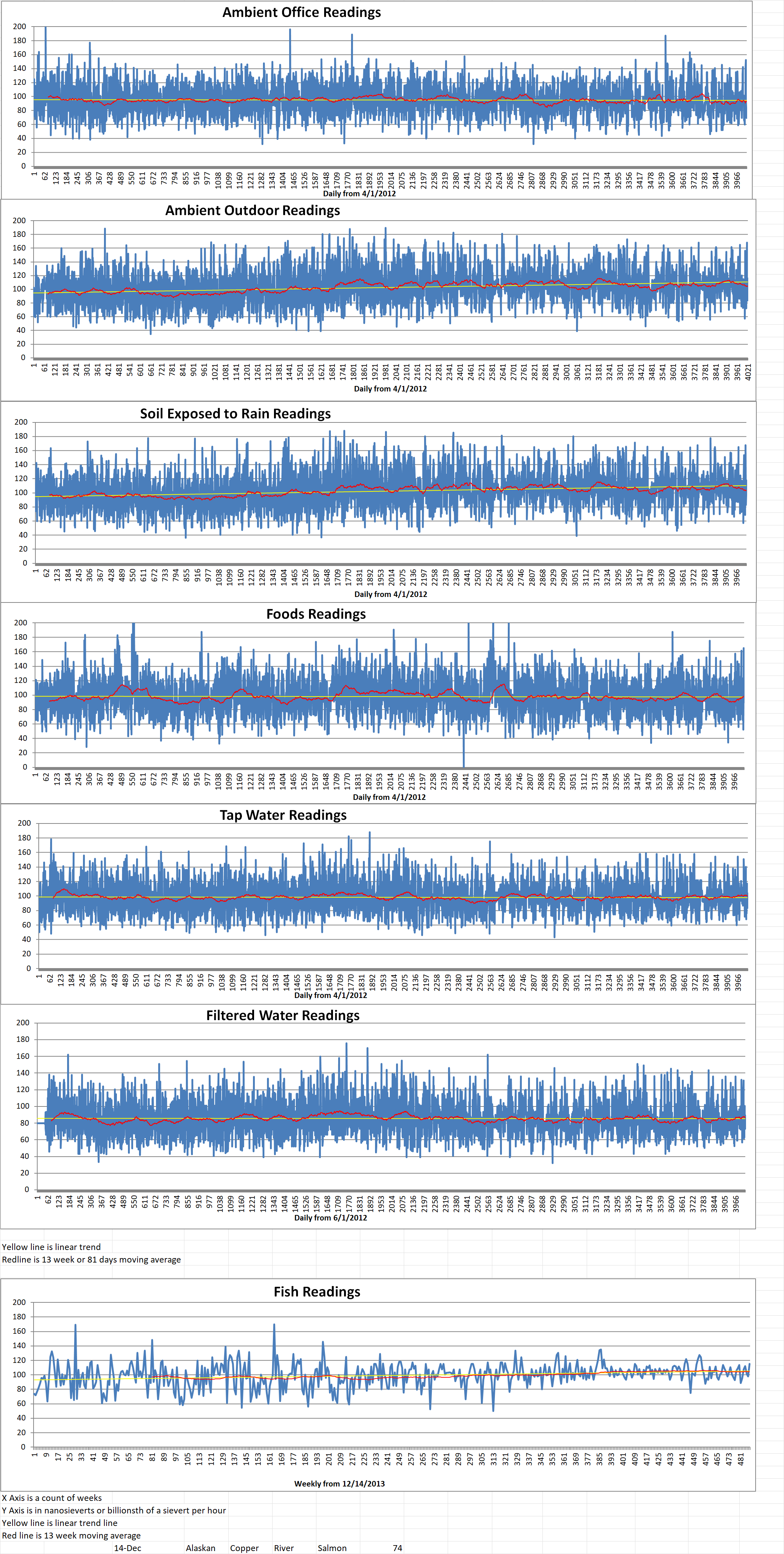
Geiger Readings for July 03, 2023
Ambient office = 70 nanosieverts per hour
Ambient outside = 113 nanosieverts per hour
Soil exposed to rain water = 116 nanosieverts per hour
Blueberry from Central Market = 90 nanosieverts per hour
Tap water = 84 nanosieverts per hour
Filter water = 77 nanosieverts per hour
-
Nuclear News Roundup July 02, 2023
European consortium focuses on VVER fuel world-nuclear-news.org
Urenco to expand US enrichment plant world-nuclear-news.org
North Korea calls on international community to stop Japan’s release of treated Fukushima wastewater cnn.com
Female US Army officer brings Joe Biden’s ‘nuclear football’ to Downing Street dailymail.co.uk
-
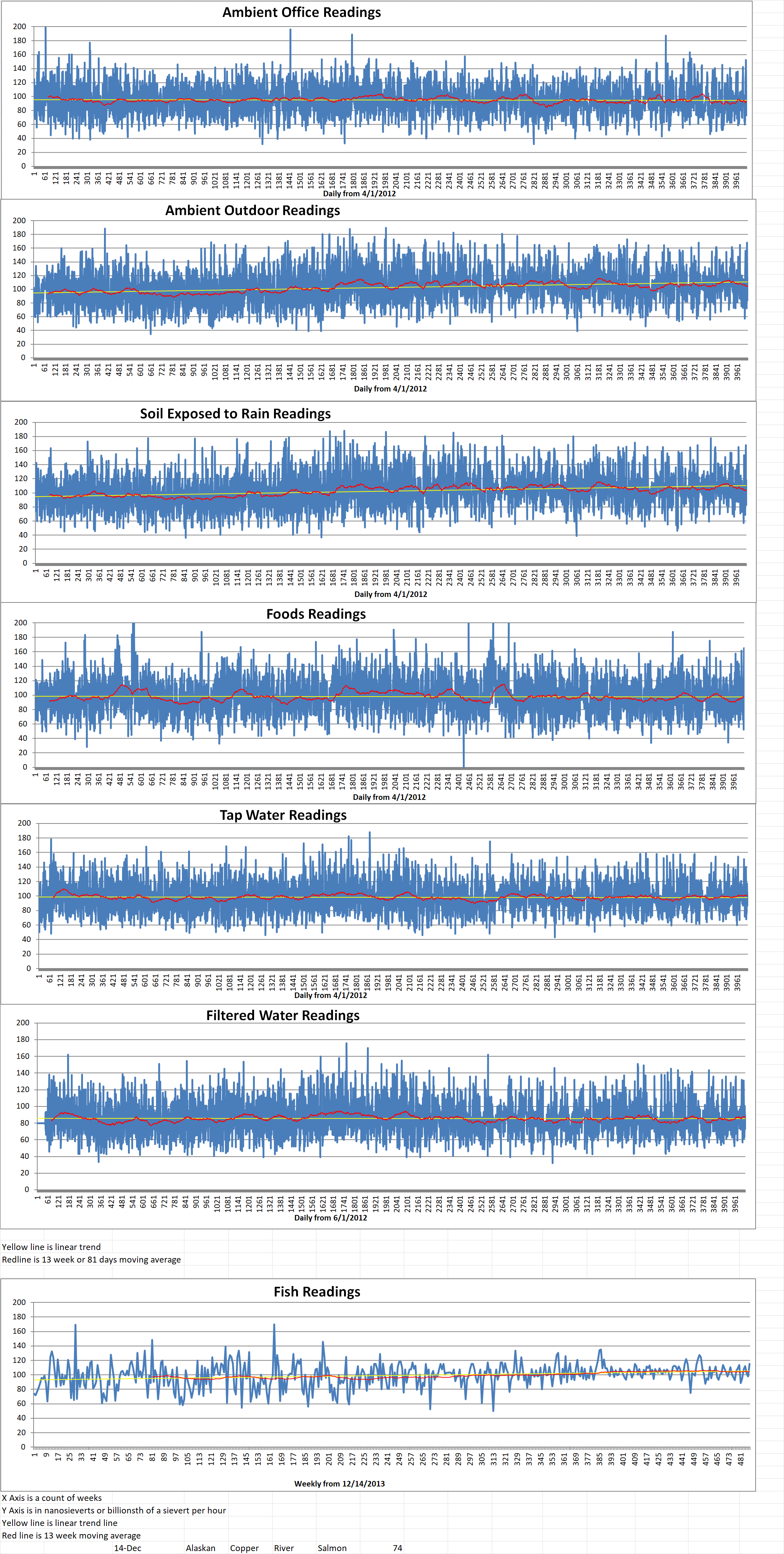
Geiger Readings for July 02, 2023
Ambient office = 73 nanosieverts per hour
Ambient outside = 116 nanosieverts per hour
Soil exposed to rain water = 118 nanosieverts per hour
Bannana from Central Market = 165 nanosieverts per hour
Tap water = 104 nanosieverts per hour
Filter water = 89 nanosieverts per hour
-
Nuclear News Roundup July 01, 2023
Lukashenko: I have veto over use of Russian nuclear weapons in Belarus jpost.com
IAEA: Europe’s largest nuclear power plant regains back-up electricity feed news.un.org
Georgia’s new nuclear plant is expected to make a dent in state’s carbon emissions npr.org
Ukraine spy chief says nuclear threat at Zaporizhzhia plant subsiding reuters.com
-
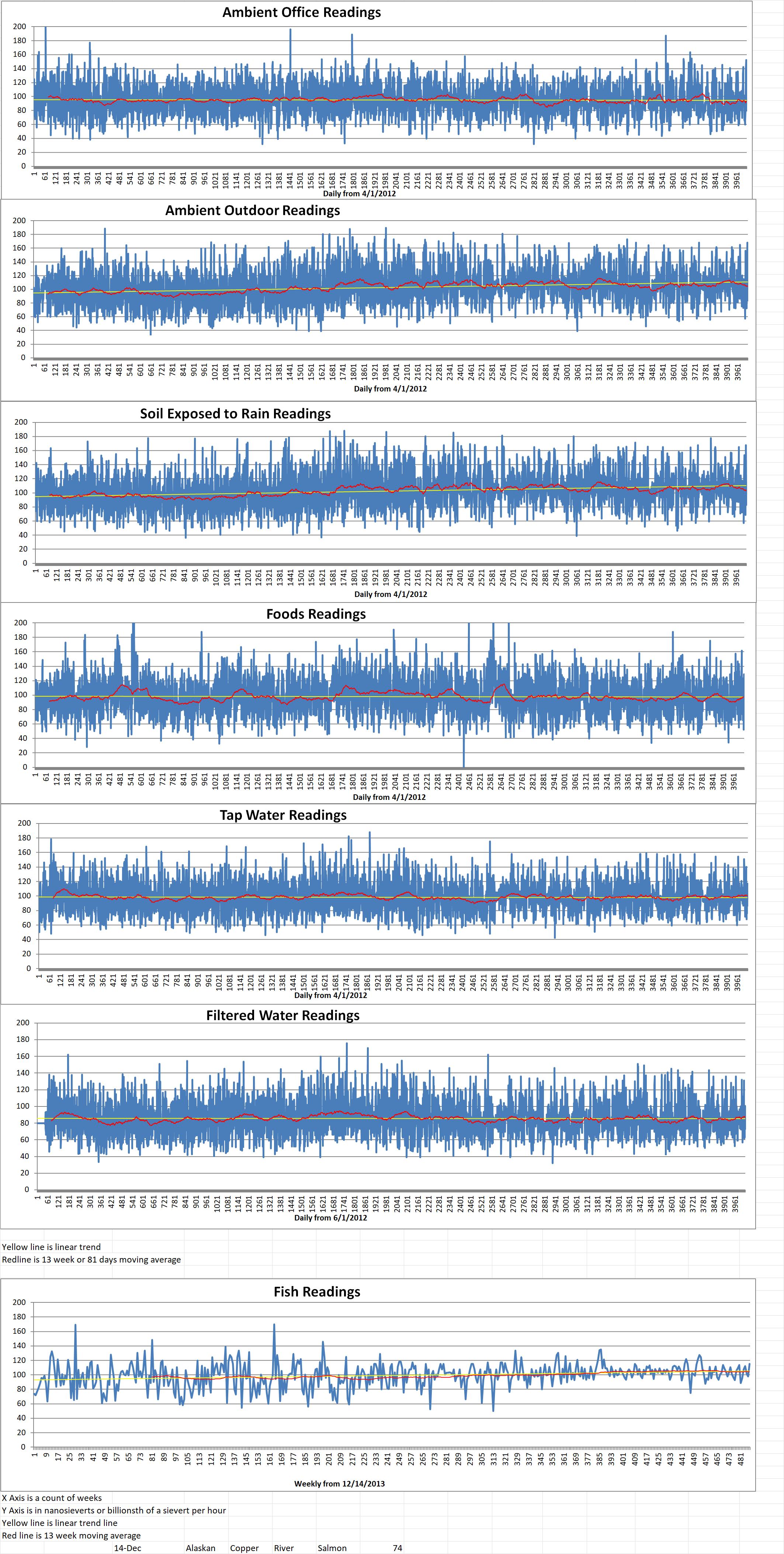
Geiger Readings for July 01, 2023
Ambient office = 80 nanosieverts per hour
Ambient outside = 100 nanosieverts per hour
Soil exposed to rain water = 100 nanosieverts per hour
Avocado from Central Market = 129 nanosieverts per hour
Tap water = 87 nanosieverts per hour
Filter water = 73 nanosieverts per hour
Dover Sole from Central = 115 nanosieverts per hour
-

Nuclear Reactors 1241 – Spanish Politicians Argue Over Plan To Close All Spanish Nuclear Power Plants by 2035
Alberto Núñez Feijóo is the leader of Partido Popular in Spain. He recently made a commitment to extend the lifespan of the country’s seven nuclear power plants. Teresa Ribera is the Spanish Ecological Transition Minister. She said last Tuesday that Feijóo commitment is a political slogan and a tricky message. She went on to say, “It is not enough with a slogan it is not enough to say: ‘I extend’, at whose expense, who pays, the State, the consumers? Because at the end of the day that is the implicit message.”
On last Monday, Feijóo proposed that, if the PP wins the general election on the 23rd of July, the planned dismantling of the seven Spanish nuclear power plants will be canceled and their lifespans extended.
In the view of Ribera, Feijóo’s proposal is a political tactic marked by the upcoming election campaign which begins next week.
Pedro Sánchez is the current Spanish Prime Minister. He asked the PP leader who would pay the enormous priced that would be involved in implementing Feijóo proposal. Sanchez said in a recent interview, “The question the PP is not answering is: Who will pay for it: the citizens or the State?” Because if you look at the energy sector in the long term, the cost of producing electricity by nuclear power is much more expensive than renewables. They will have to explain who will pay.”
The Socialist Prime Minister recalled that Minister Ribera agreed in 2019 with the companies that own the Spanish nuclear power plants on a schedule for closure until 2025. He regretted that Feijóo did not make “any proposal on energy linked to the ecological transition”.
The plan approved by the Socialist government in 2019 states that the closure of the seven Spanish nuclear power plants would take place in several stages. It will run from 2027 until 2035 by which time all the plants would be shut down. The closure plan for the nuclear power plants would follow the schedule of the Almaraz I in 2027, the Almarex II in 2028, the Ascó I and Cofrentes in 2030, the Ascó II in 2032 and the Vandellós II and Trillo in 2035.
Ribera is number 2 on the PSOE’s list for Madrid for the July 23rd general election. She said that the promise made by Feijóo is a “trick message”. Ribera recalled that it was the nuclear companies that managed the nuclear power plants themselves that “at the time reached an agreement to (set) a timetable for closure (until 2035)”. The Spanish government is willing to invest in nuclear safety but not to extend by a few years the lifespan of the nuclear plants.
Ribera said, “We are not prepared to invest large sums of money for something that has a limited lifespan, which, if it is exceeded in time, requires a much larger amount than we are prepared to maintain.” On the other hand, she assured that “what is most appropriate for this country, with affordable, stable, predictable (energy) prices for consumers, but also with returns for investors, are renewable (energy) solutions”.
Ribera concluded that “Spain is rich in renewable (energy) alternatives, and it is rich in human capital, in will, in companies and societies that know how to take advantage of the opportunities for innovation, employment and industry linked to renewables. We have become a very important focus of attraction for investment.” -
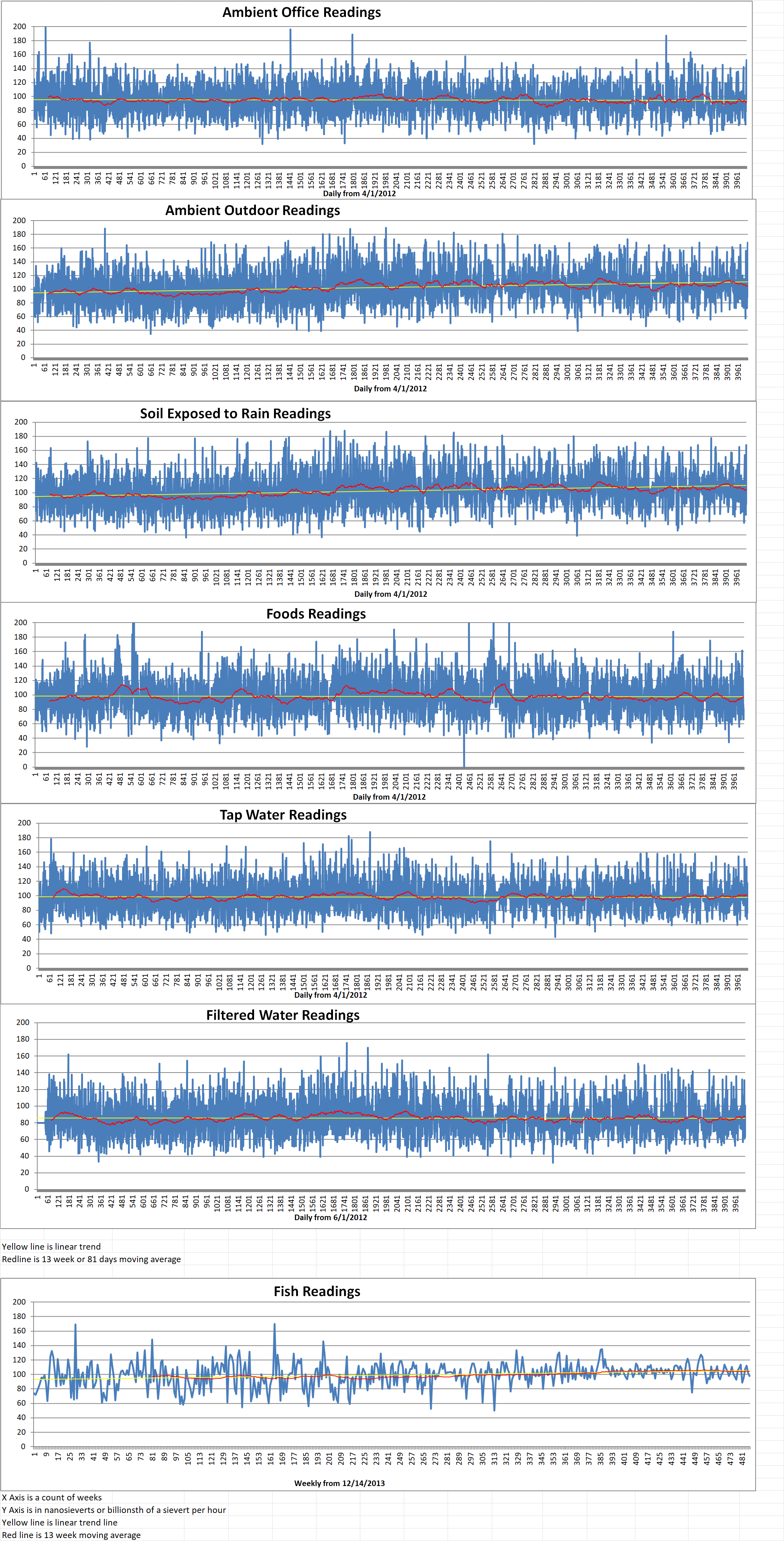
Geiger Readings for June 30, 2023
Ambient office = 81 nanosieverts per hour
Ambient outside = 84 nanosieverts per hour
Soil exposed to rain water = 83 nanosieverts per hour
Tomato from Central Market = 52 nanosieverts per hour
Tap water = 91 nanosieverts per hour
Filter water = 81 nanosieverts per hour
-
Nuclear News Roundup June 30, 2023
Ontario government announces support for nuclear expansion world-nuclear-news.org
New satellite images show unidentifiable shapes at Ukraine’s Zaporizhzhia nuclear plant news.sky.com
Russia begins new isotope product supply to India world-nuclear-news.org
Top Zelenskiy adviser: China’s position on Russian nuclear threat ‘important’ reuters.com
